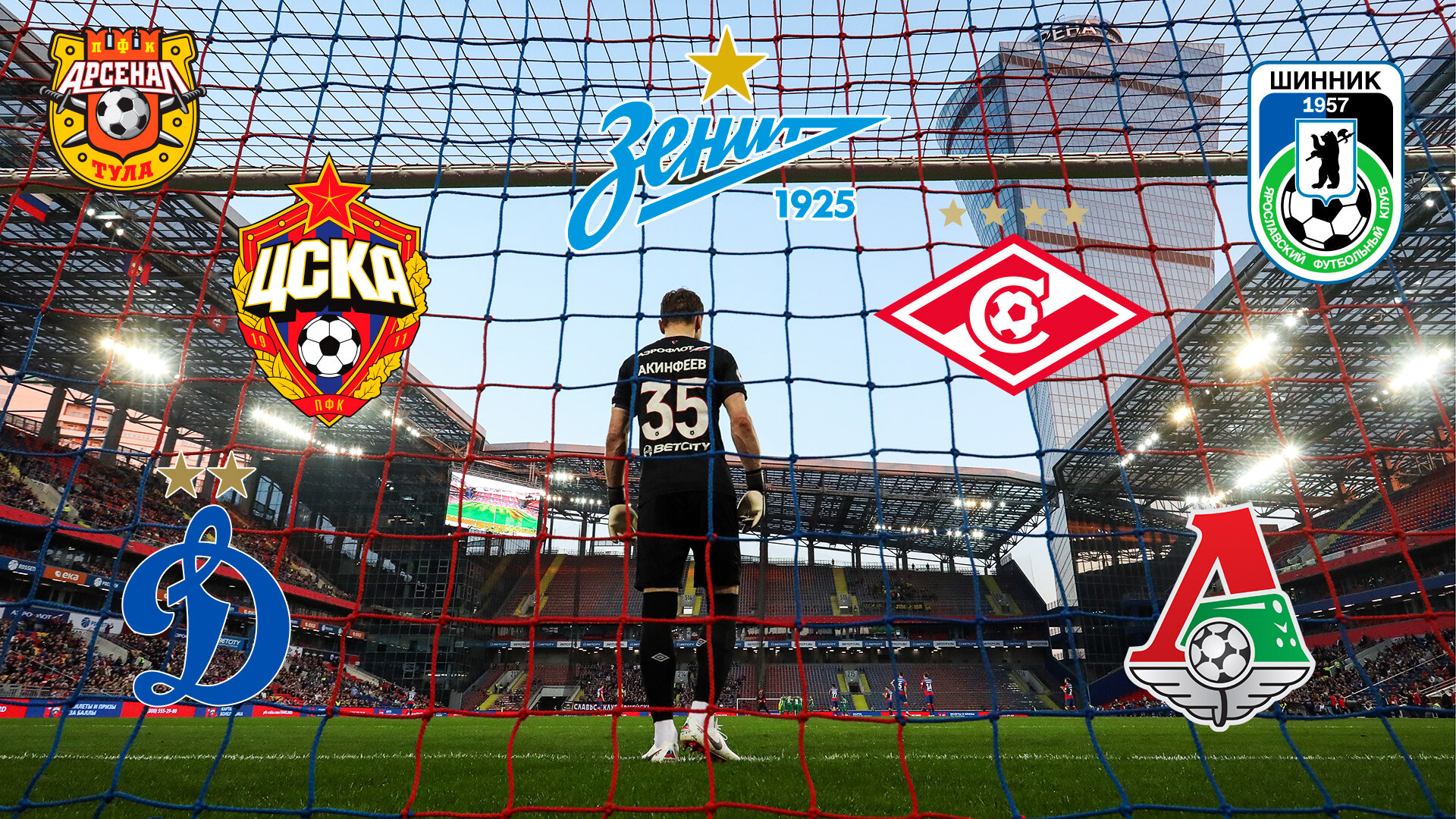
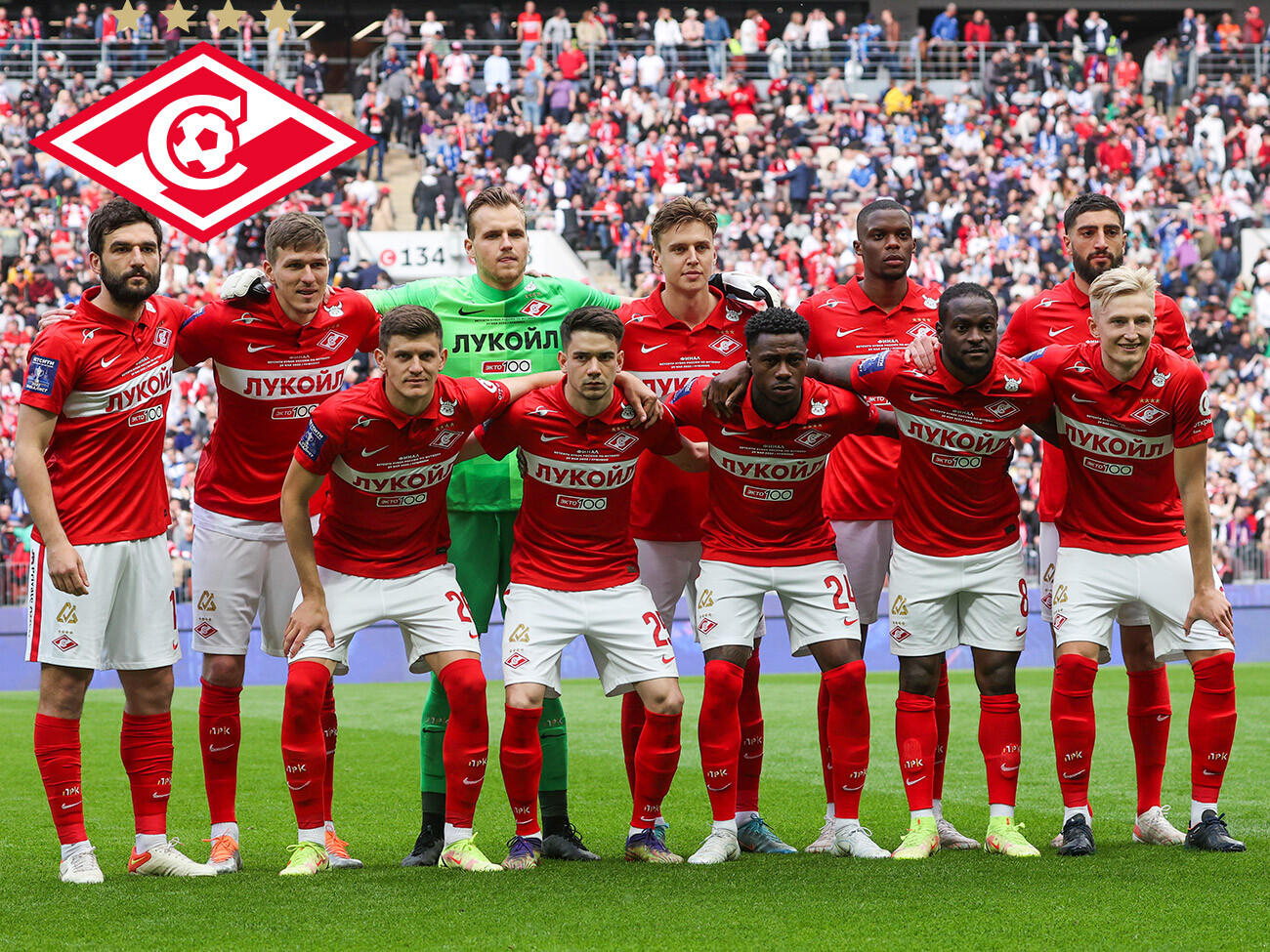
The most legendary club in the history of Russian soccer, multiple national champion and Cup of Russia winner was named in 1935 after Spartacus (in Latin), the leader of the revolt of slaves and gladiators against the Roman Republic. The source of inspiration for choosing the name was Raffaello Giovagnoli’s novel of the same name about the famous freedom fighter, which was very popular in the Soviet Union at the time.
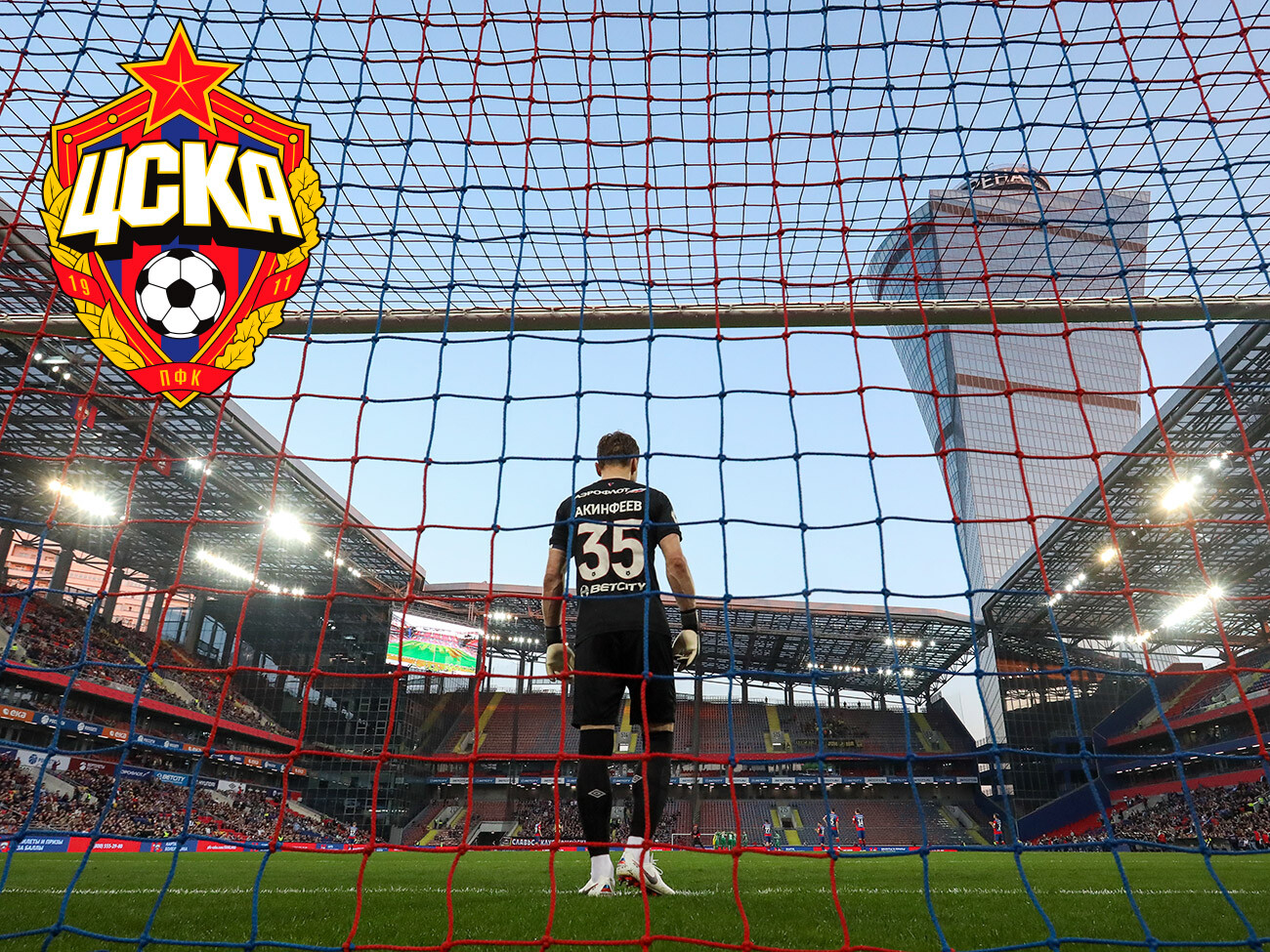
An implacable rival of Spartak, CSKA was founded and for most of its history was under the wing of the country’s Armed Forces. The acronym stands for ‘Central Sports Club of the Army’. In addition to Moscow, such soccer clubs associated with the military also existed in Kazakhstan, Tajikistan and Armenia. Today, Bulgaria has as many as two CSKAs - CSKA Sofia and CSKA 1948.
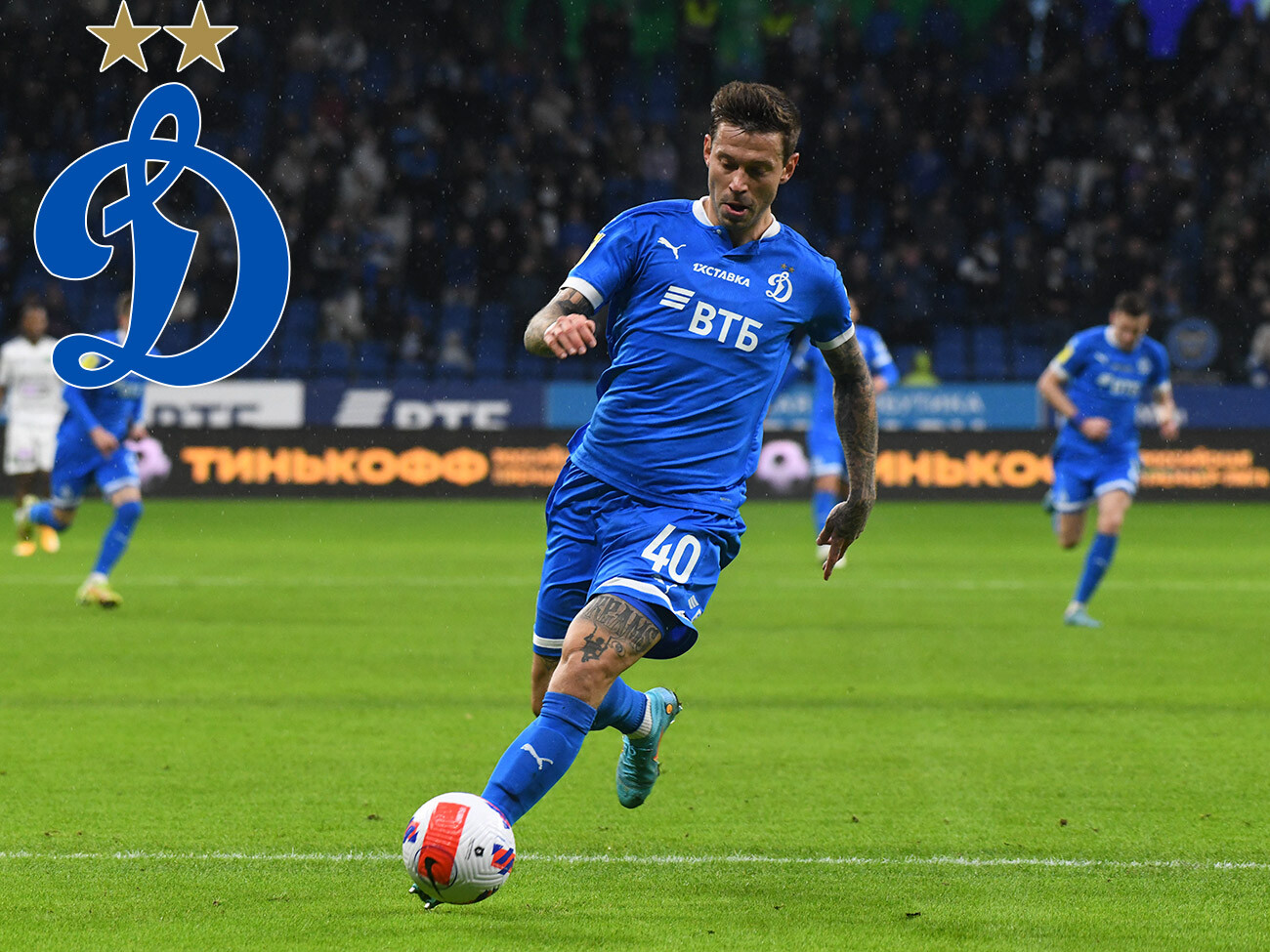
While CSKA was supervised by the army, the Dynamo sports society was under the wing of the state security bodies and police. The name was chosen appropriately, as the ancient Greek word ‘dynamo’ is translated as ‘force’. Other famous ‘Dynamo’ teams exist nowadays in Kiev and Dresden.
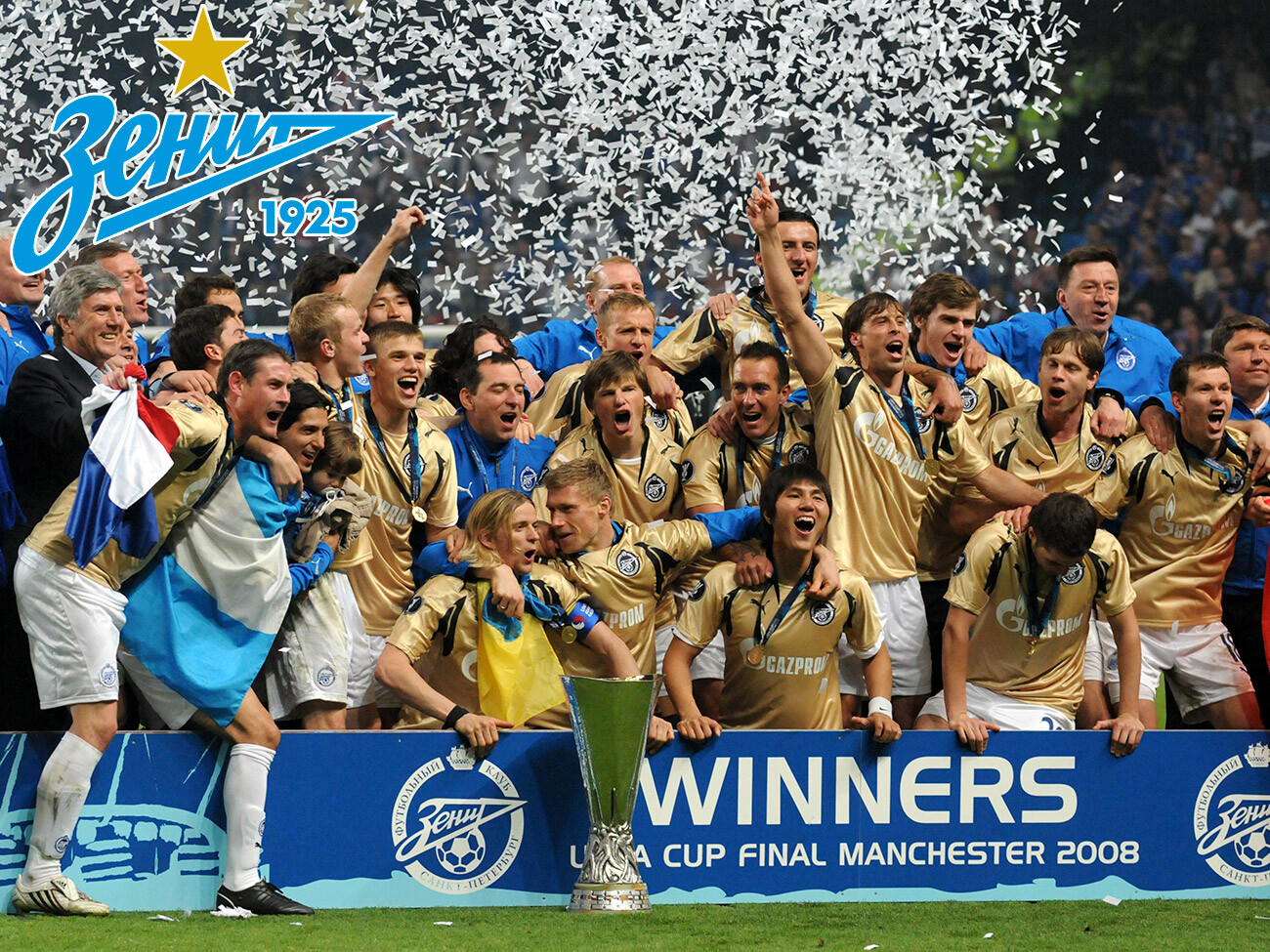
Winner of the UEFA Cup in 2008, soccer club Zenit is the leading team of St. Petersburg, the northern capital of Russia. Its name, symbolizing the irrepressible desire to conquer the heights of sports, appeared with the club in 1940. Before that, it was known as ‘Stalinets’.

Krylya Sovetov (in English: ‘Wings of Soviets’) owes its unusual name to the Soviet military aviation during World War II and, specifically, to the legendary Il-2 attack aircraft. In 1942, when the team was established, it was Samara (Kuibyshev at the time) that was the main center for its production.
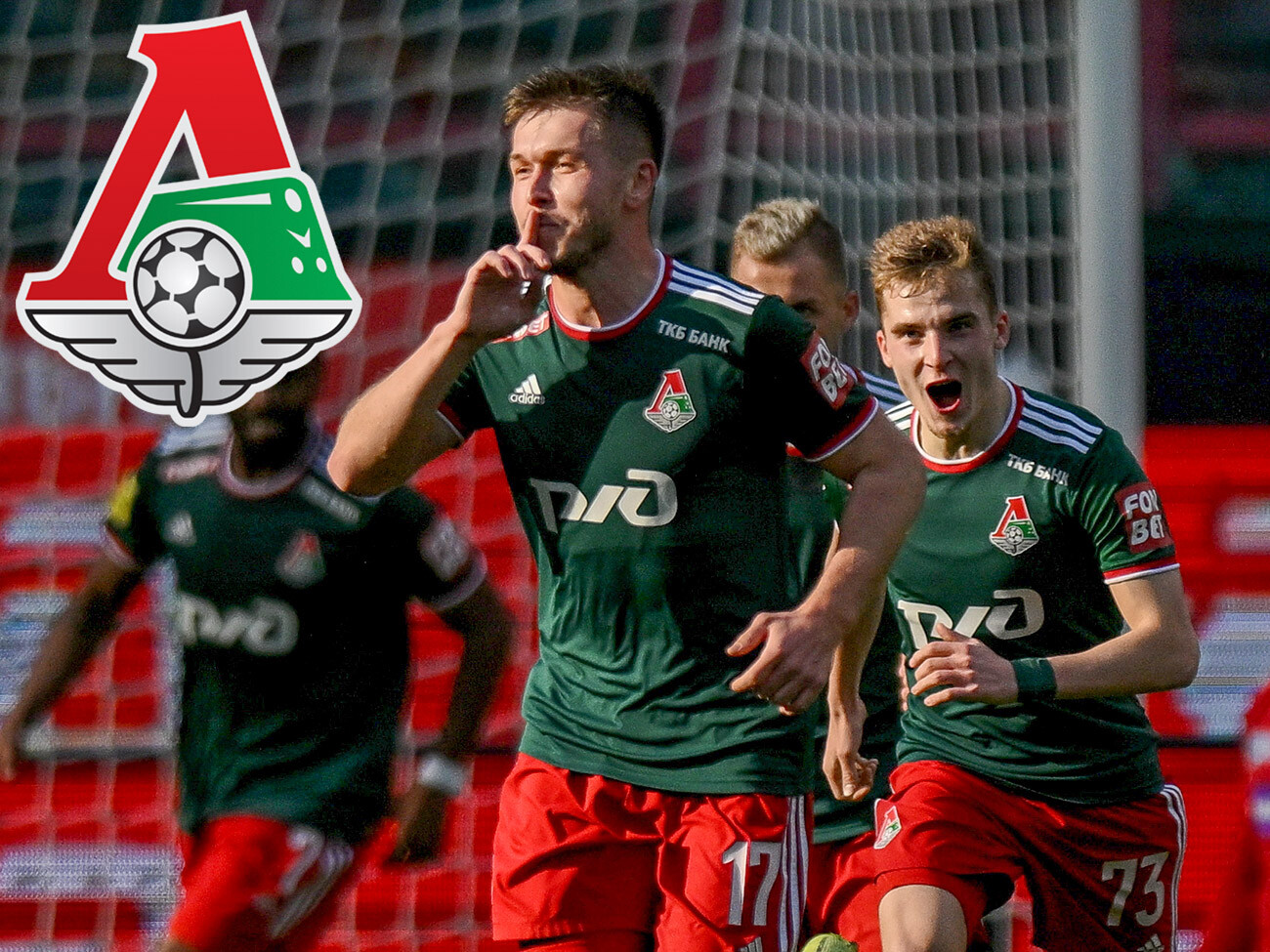
No surprise with the name of this Moscow soccer club. The team was under the jurisdiction of the People’s Commissariat (Ministry) of Communication Routes of the Soviet Union and, in the early years of its existence, it was the railway workers who played for it.
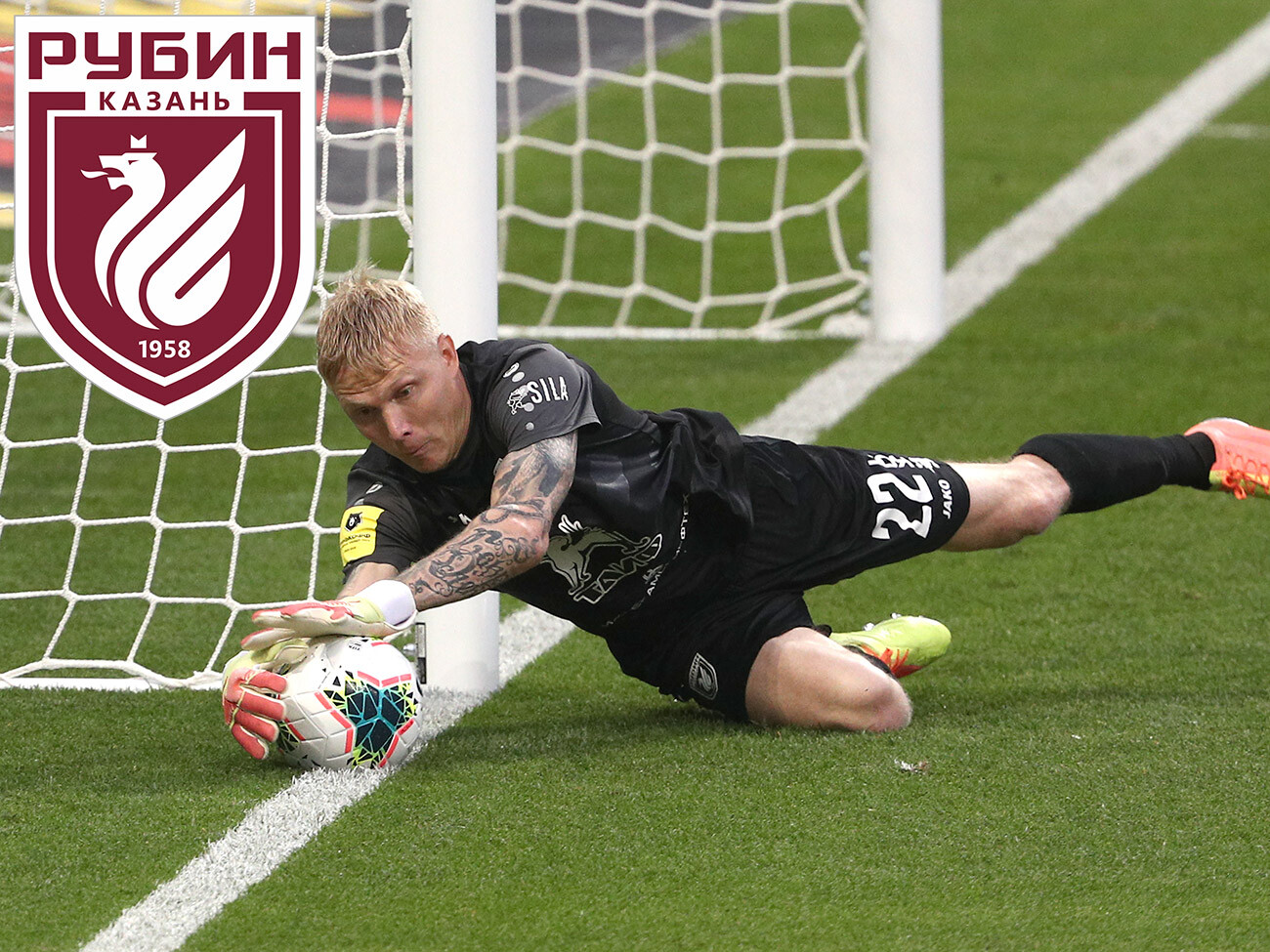
According to legend, the soccer club from the capital of the Republic of Tatarstan got its name in honor of the ‘Rubin’ radar system, which was installed on the Tu-16 long-range bomber and other aircraft produced at the local plant.

Tula is considered to be Russia’s arms capital. Its military factories and enterprises have been arming the Russian army for centuries and continue to do so to this day. It is not surprising that in a city with such a history a club with such a name appeared.

Until 1960, the team, representing the Yaroslavl tire plant, played under the name of ‘Khimik’ (In English: ‘Chemist’). For many fans, this situation seemed a little strange and, after their numerous appeals, the club got a much more appropriate name - ‘Shinnik’ (In English: ‘tire plant worker’).
Dear readers,
Our website and social media accounts are under threat of being restricted or banned, due to the current circumstances. So, to keep up with our latest content, simply do the following:
If using any of Russia Beyond's content, partly or in full, always provide an active hyperlink to the original material.
Subscribe
to our newsletter!
Get the week's best stories straight to your inbox